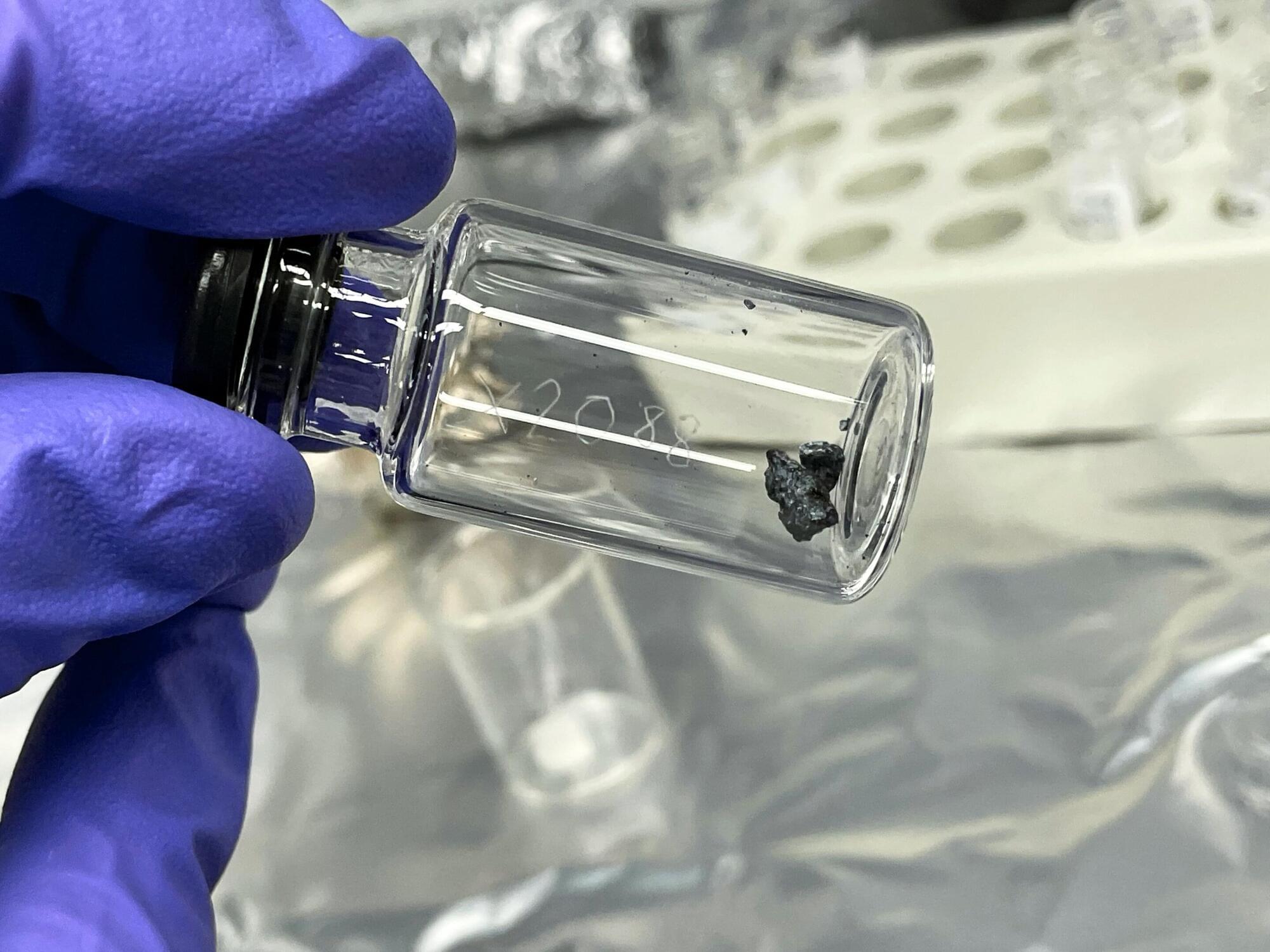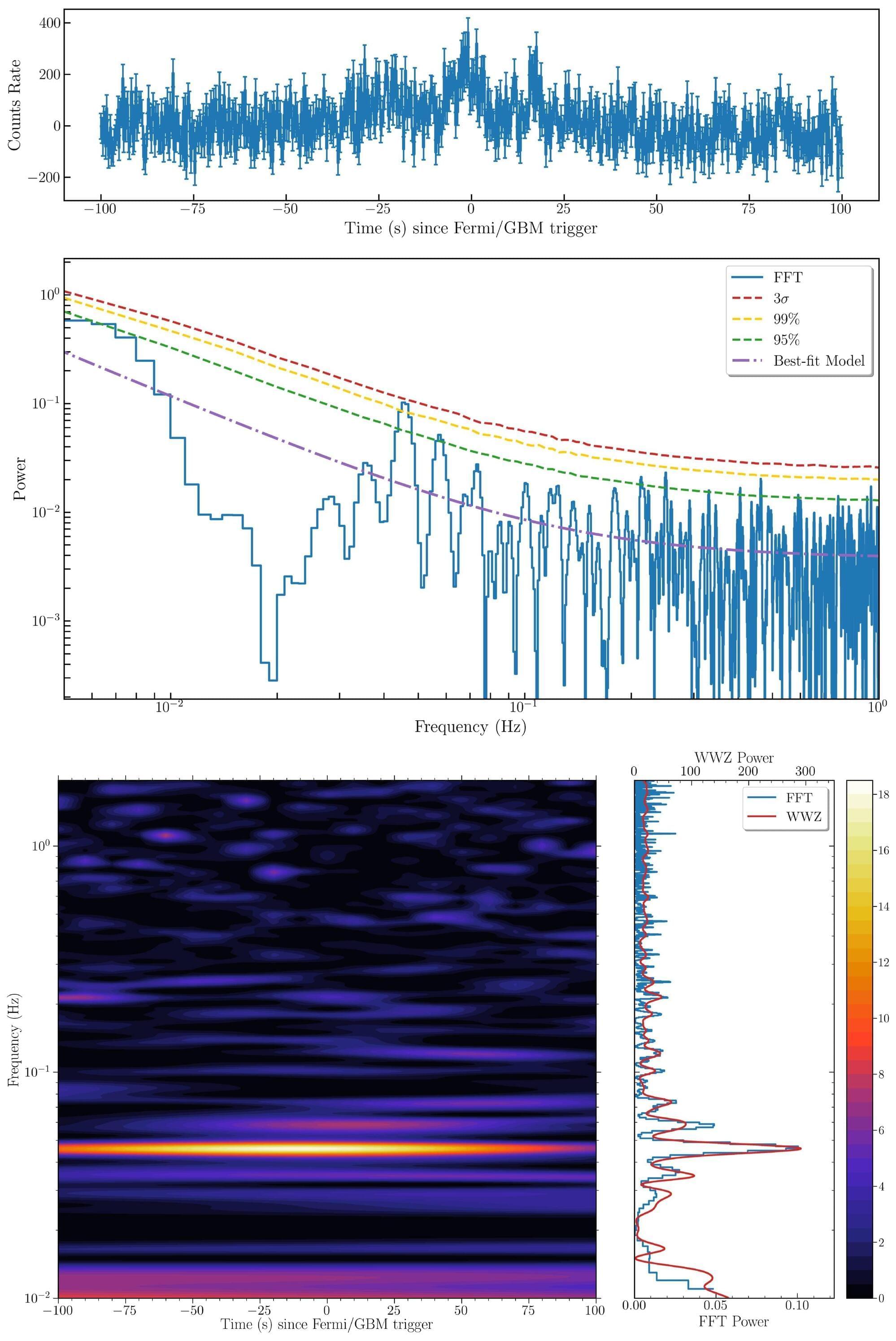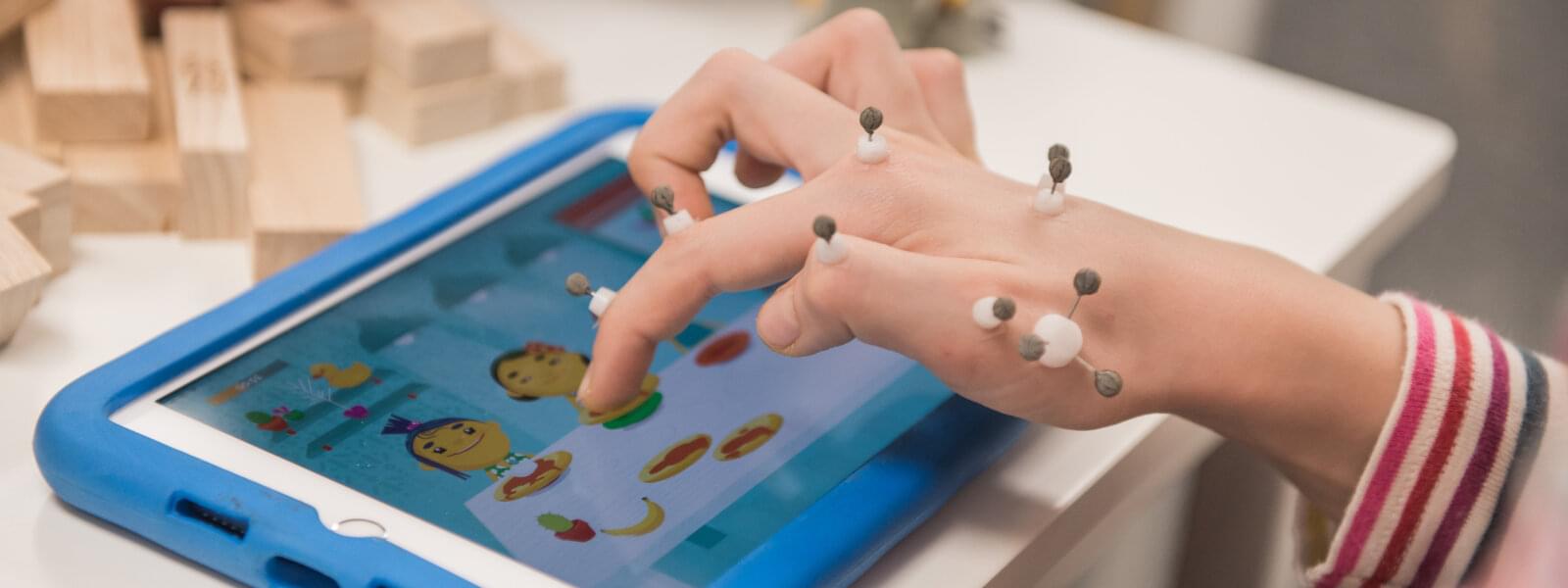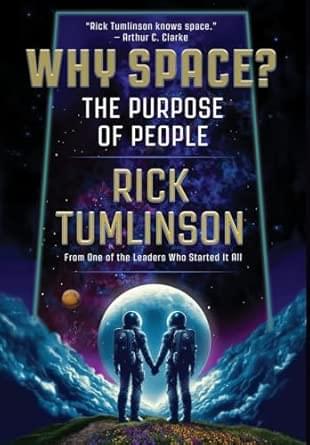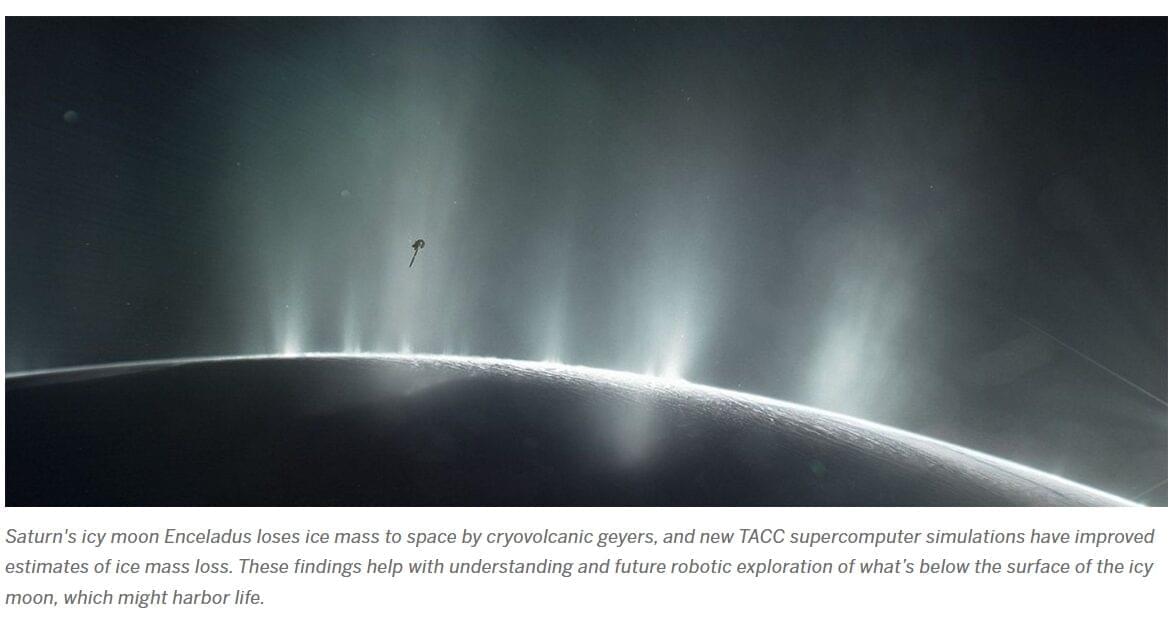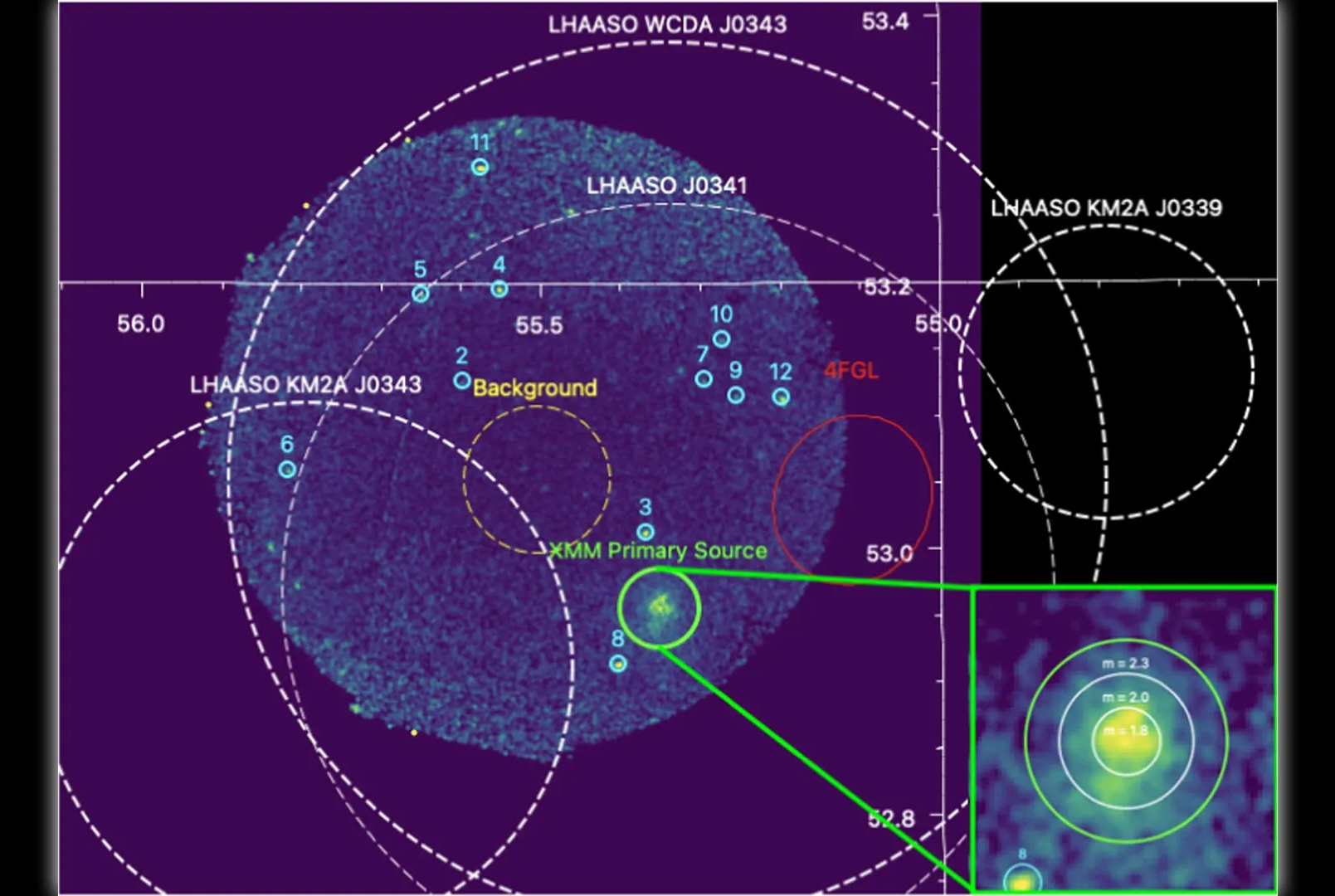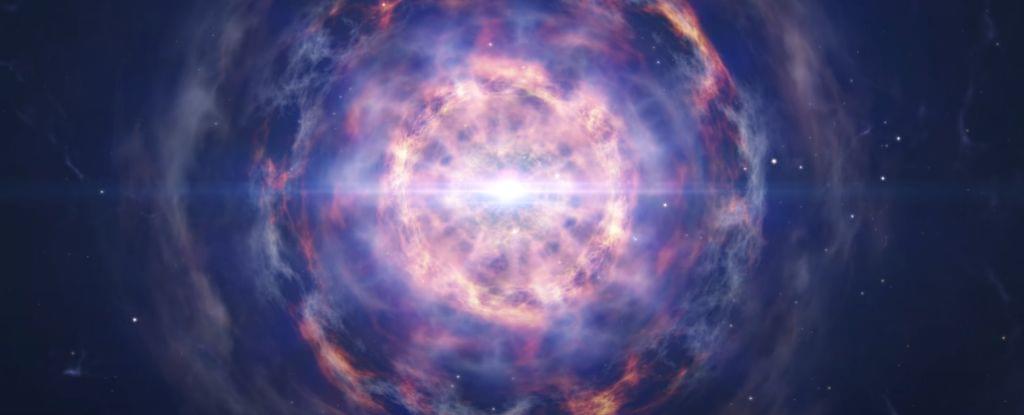One of the most elegant theories about the origins of life on our planet is that it was kick-started by a delivery from outer space. This idea suggests that prebiotic molecules—the building blocks of life—were transported here by asteroids or other celestial bodies. While these molecules have been found in meteorite samples that have crash-landed on Earth, the findings have been complicated by the possibility of contamination from our environment.
But now these building blocks have been found on an ancient asteroid untouched by Earth’s environment. That asteroid is called Bennu, a primitive object that hasn’t changed much since the birth of our solar system around 4.6 billion years ago. It last swung by our neighborhood in 2020, when a NASA spacecraft landed on its surface, scooped up some samples, and brought them back home.
